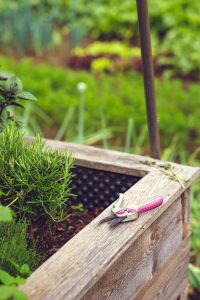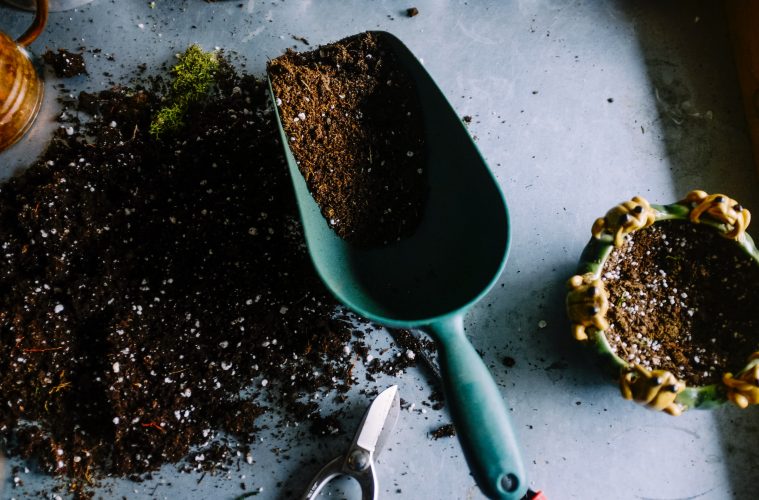Clearing raised garden beds for winter not only makes space for you to plant anew, but it also gives you more material to use in composting. Use grass clippers or scissors to remove plants which have stopped producing crops, remove the leaves and adding them to your compost bin.
A point to note is that we can leave the roots of the cleared plants in the bed so that as they decompose, they produce more nutrients for the soil. They are essential nutrients for the plants you are trying to grow.
WATCH:
Remove weeds
Weeding off your garden makes life easier when you want to try planting in your beds again for the spring. You will have sufficient space for new plants and a significant amount of composting for your beds.
You want to ensure that you remove weeds from the root as they are likely to grow back.
Getting this step out of the way is a great way to give yourself an extra bit of planting space in your garden. Winter is also a great time to expand your garden and this is a crucial step in cultivating the soil for that exact purpose.
Create compost
You can also use the weeds to make compost for your garden. Using the clippings from weeds in your garden can be a way for you to upcycle your compost. Ensure that you don’t include weed seeds, as this might mean that they may continue to grow.

Image credit: Unsplash
Mix together the weed clippings, as well as any fallen leaves from trees to make your compost mixture.
Essentially, you want to clear your beds to make space for new crops you want to plant as the season begins to warm up in spring. When you’re done clearing the beds, it’s time to chop up all that organic material and spread the shredded plant mixture over the beds as an instant compost mixture.
This will feed the soil, preparing it for the next crop you decide to plant.
Protect your beds
The next step is to add a layer of your homemade compost from your compost bin. A light layer will be sufficient, evenly spread out across your bed.
Finally, you want to put on a protective layer over your beds for a few reasons. Firstly, you are controlling the possibility of weeds regrowing and ruining your winter bed prep.
Secondly, if you are in an area which receives lots of rainfall over the winter, you are controlling water from running off the nutrients or making your soil so soggy that it ends up being mud instead.
Lastly, the covering will help keep your soil warm for the spring which helps anything you will be planting when the season arrives.
Also see: Top 5 WINTER GARDEN PREP TIPS
Featured image: Unsplash

